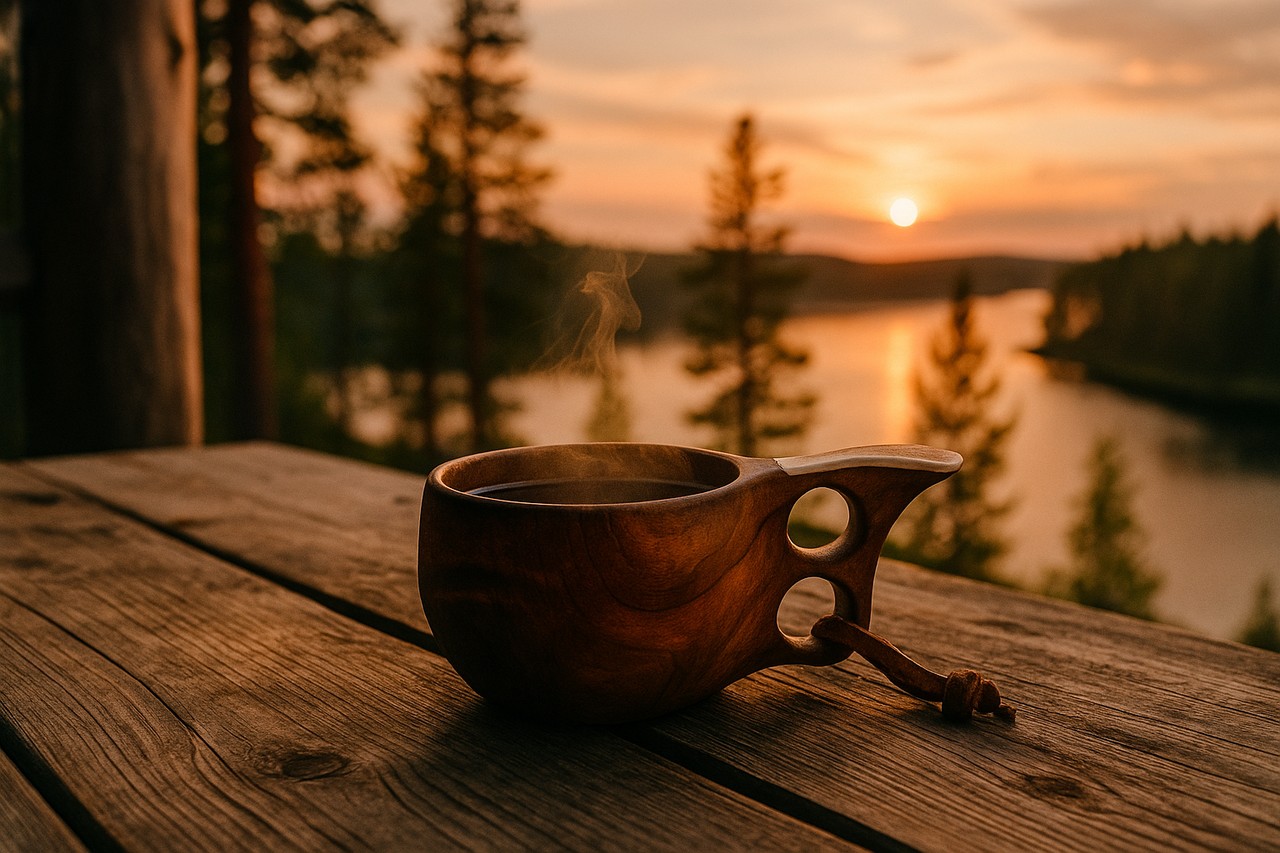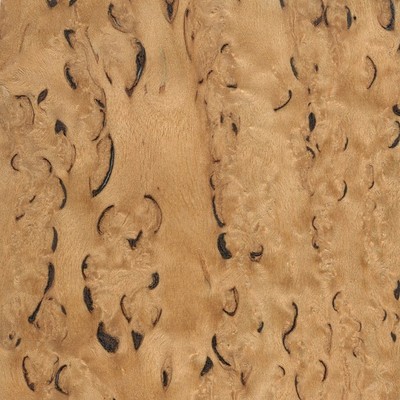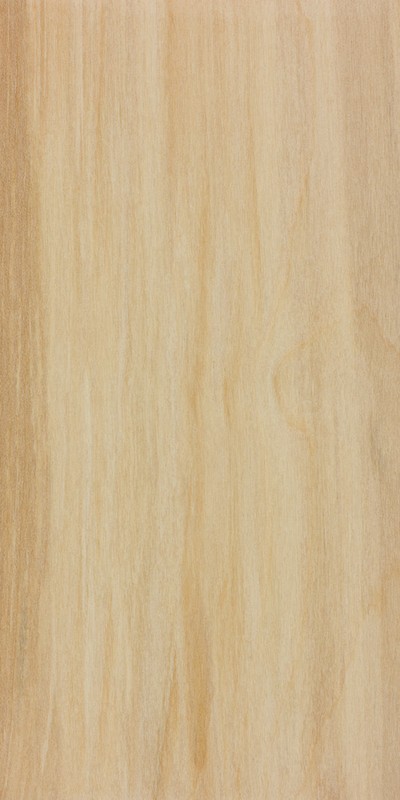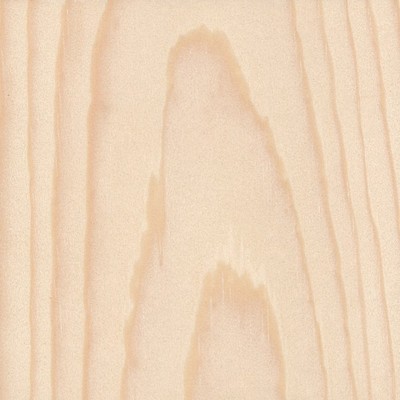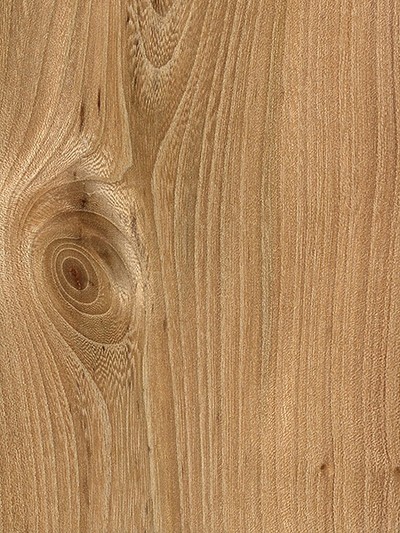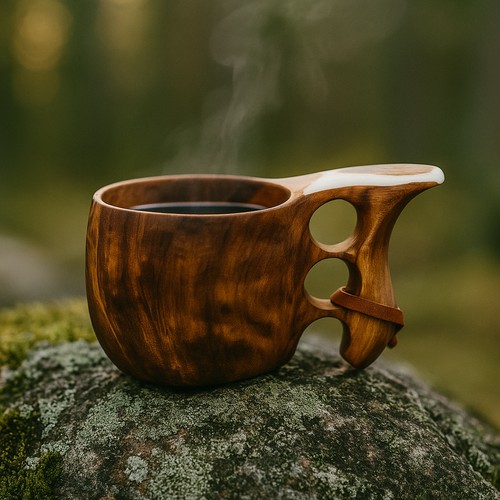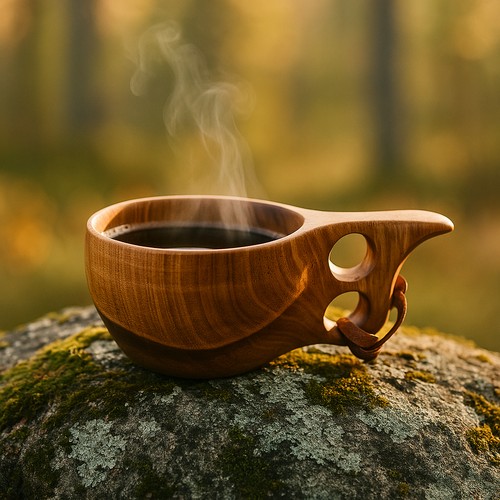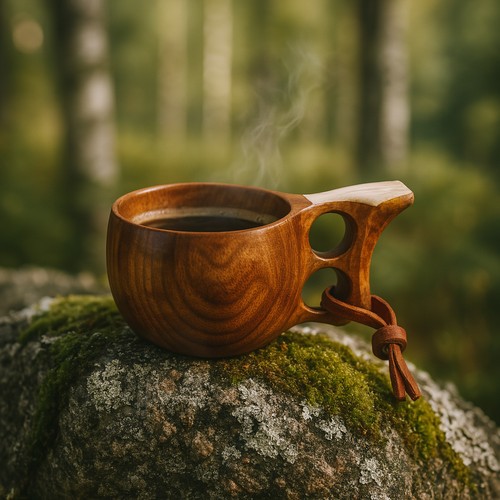Which woods are used to make a kuksa?
If you want to carve your own kuksa and you are looking for the best wood to do so, you are in the right place!

Anne-Laure Compain
This article details how to choose and store your wood for carving your kuksa. To know the tools and the steps to make a kuksa, consult our guide.
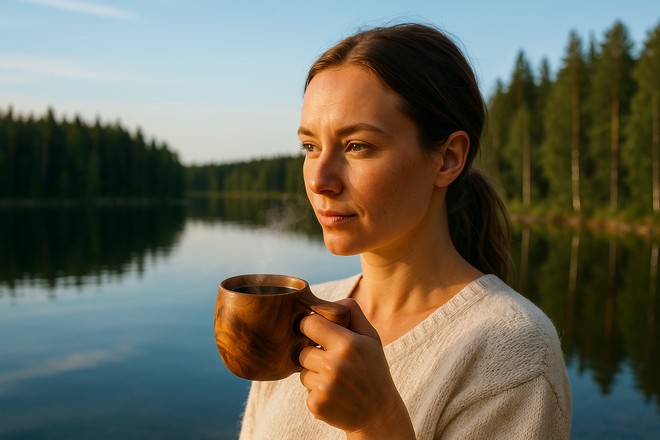
Which wood to choose to carve a kuksa?
Presentation of a piece of wood
Do you know the different parts of wood?
Each part plays an important role in the growth and life of the tree. Here is a diagram of a piece of wood :

- The bark. It allows the tree to protect itself from the outside environment.
- The internal bark will transport nutrients to the interior of the tree.
- The cambium is the part where the different rings of the tree are created. Moreover, it is the speed of growth of the tree that will determine the distance between the rings.
If the tree grows slowly, then the rings will be dense and this means that the wood will be stronger.
- The sapwood is the youngest part of the tree. It is therefore closer to the outside of the tree.
- The heartwood is the oldest and most central wood of the tree. This is where nutrients, oil and resin are stored.
Trees grow at different speeds and have, like humans, different phases of growth. They are the ones that will give the differences in the color of the wood. In fact, in the spring, the tree will release sap, which will make the wood softer and lighter in color, but in the summer, the wood will dry out and become harder and darker.
The heartwood is dark and hard compared to the sapwood, so it is perfect for carving.
What is fresh wood?
As the name implies, fresh wood is wood that comes from freshly felled trees or freshly cut branches. This type of wood contains a lot of water, but it is also more tender and therefore easier to work with.
However, care must be taken when starting to work with fresh wood. When you cut this type of wood, it immediately starts to dry out. But don't panic, it won't dry in a few minutes! On the other hand, it is during this drying period, that it shrinks and can then twist or crack.
It is therefore best to work the wood roughly when it is fresh and then work on the finish when it has dried. This way, the wood has time to move, warp or crack. And this, without damaging the carving work done.
I have fresh wood, how do I store and preserve it?
Well, the answer will depend on what you do with your wood.
Preserving for a long time
If you want to store your wood for several weeks or months, you should put it in the freezer. This way all the water in the wood will freeze and still be there when you want to use your wood.
Otherwise, if you can, you can store your wood outside in an airtight box.
You should not put the wood on the ground so that it will not be invaded by insects and humidity and will eventually rot.
Preservation during carving
If you are carving your kuksa and you want to keep your wood overnight (Oh, because you are sleeping while carving? You don't do that continuously 😉 ), you just have to put your piece of wood in a cloth and in the fridge. That way it won't crack.

How do you know if the wood is dry?
It is difficult to quantify the drying time of a piece of wood. The easiest way is to touch it and see if it is still wet or not.
Once it is dry, you can start carving. There is no risk of twisting or cracking the wood. The only obstacle you may encounter is that dry wood is much harder to work. You will need a lot more elbow grease!
The trick is to cut as much wood as possible with a saw or an axe before starting to work with a knife.
Soak up the essence of Finnish craftsmanship as you explore the history and manufacture of this traditional mug and wood diversity. By subscribing, you'll receive weekly updates on kuksa.
Selection of wood to carve a kuksa
Wood has a different color, character, appearance and structure depending on its species. Some species are soft while others are hard and therefore more suitable for carving.
![Alder wood]()
Alder
There are two types of alder: white and glutinous. The alder is a tree that grows mainly near water. It is therefore naturally very resistant to moisture. The wood has a red tone and is pleasant to work with both fresh and dry.
![Masur birch from Scandinavia]()
Masur birch from Scandinavia
This type of birch grows in extremely harsh climatic conditions, which gives it a very special appearance and structure. It is a very difficult wood to work and very hard. It is often necessary to moisten it to work it.
![Birch wood]()
Birch
Birch is a soft and homogeneous wood. This is why it is strong and durable. Its very light color is uniform throughout the wood. It is the most traditional wood for carving, as it is perfect to work with both fresh and dry.
![Pine wood]()
Pine
Besides its pleasant smell, pine is a wood that ages very well. The heartwood of pine is resinous and dark while the sapwood is light. However, it is because it is soft that objects carved with it can become brittle and break or split in thin areas.
![Elm wood]()
Elm
Heavy, strong and hard, elm is a beautiful looking wood, but it is very difficult to carve. However, it can still be twisted a bit. Its heartwood is reddish while the sapwood is light. The difference between spring and summer wood is very visible.
![Oak wood]()
Oak
Oak is a very heavy and hard wood. Its color is brown in the center and light on the ends. It is a difficult wood to work. The dry wood is very hard and the fresh wood has many porous bands that make carving difficult.
Traditionally, what wood is a kuksa carved from?
For years, authentic kuksa has been carved from birch burl found in Scandinavian forests.
What is a burl wood?
A burl is simply a growth of the tree. So the birch burl is a birch growth. It forms as a result of stress that submits the tree, such as an injury or infection.
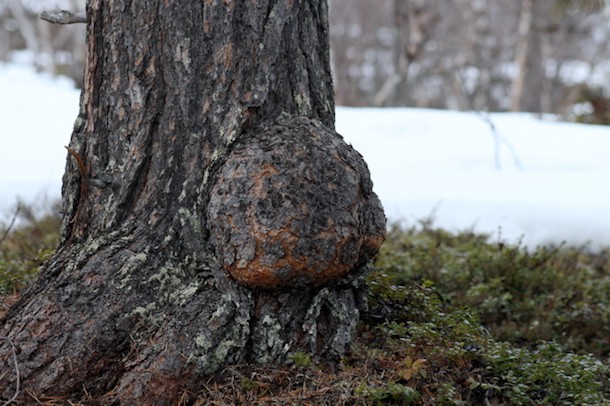
The advantages of the burl
The first advantage of the outgrowth in the carving is that the wood fibers follow its shape and this brings a lot of strength and solidity to the manufactured cup.
The second advantage of the outgrowth is that you can remove it from the tree with a saw without having to cut down the whole tree. To do this, you need to saw on the top of the growth and then on the bottom. This way, it will simply detach from the tree.
The case of kuksa
It is important to know that birch burl is very strong and that is why the Sami used this wood. It can withstand great differences in temperature. It is thus possible to drink hot water in the Finnish nature under -20°. The kuksa will resist to this temperature shock
Also, kuksa made of birch burl lasts longer and is more resistant than birch kuksa. It is the torsions, wavings and movements of the burr's growth that give each kuksa its rarity and unique appearance.
This is why no two authentic, handmade birch burl kuksa will ever be the same.
It is important to know that today it is rare to find birch burl suitable for traditional kuksa making. This scarcity of material has a huge impact on the production time and the price of the kuksa.

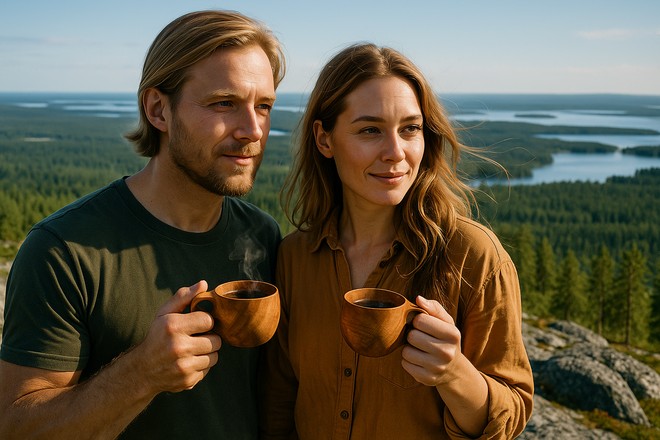
Unique wooden mugs for unforgettable moments
Start shopping now 🌿
Come and discover our wooden tableware from Finland. Handmade tableware that will accompany young and old alike for years to come!
Customer Favorites, the most loved kuksa cups
Durable, lightweight, and timeless, the Kuksa is perfect for those looking to combine tradition, nature, beauty, and functionality.
Want to know more about kuksa?
You are passionate about kuksa, then these articles should also interest you.

Anne-Laure Compain

Alexis Le Baron

Anne-Laure Compain

Anne-Laure Compain

Anne-Laure Compain

Anne-Laure Compain
Subscribe to our newsletter and receive your discount code in your mailbox!
